The day after each game this year, we'll take a look at the game film and roll through some advanced statistics to determine the most important five factors that impacted each game and the Giants moving forward.
Today, we look at the 27-13 home loss to the Broncos.
1. Red zone doesn't mean stop: The Giants struggled to put the ball in the end zone on Sunday despite the fact they were able to move the ball on several drives in the second half. The Giants got the ball on their first second-half drive trailing only, 17-7. The Giants converted three third downs on the drive and Daniel Jones had a 7-yard scramble on 1st-and-10 from Denver's 22 when he fumbled (despite wrapping the ball with two hands) and turned over the ball, ending a 60-yard drive.
The Giants moved the ball 48 yards on their next drive to the Broncos 6, but couldn't get the ball into the end zone. They turned it over on downs after a short run and three incomplete passes. On their next drive, they got to the Broncos 16 before turning it over on downs. They managed a red zone touchdown on their last drive, but by then, the game was out of reach.
Last season, the Giants only converted 46% of their red zone trips into touchdowns. In Week 1, they only converted one of three into seven points, and left the scoring area of the field three times with no points to show for it.
2. Pass-pro progress: There were a couple of bright spots for the Giants' offense. Their one scoring drive in the first half was a glimpse of what this offense can look like when it is clicking. The Giants passed on three of four first downs on the drive, including two play-action passes. They had two chunk plays, including a 17-yard completion to Kenny Golladay to start the drive, and a 37-yard touchdown pass to Sterling Shepard. Shepard dragged across the field away from rookie first round pick Patrick Surtain II, which was cleared by Darius Slayton and Kenny Golladay running deep routes away from the area.
The Giants' pass protection in the game was also strong. The Broncos had two sacks, both by Von Miller, though one was more of the coverage variety. According to Pro Football Focus, the Giants only allowed pressure on 31% of Daniel Jones' dropbacks, which was better than league average for the week. In terms of pressures allowed in fewer than 2.5 seconds, they were ranked 17th. PFF tracked the offensive line for allowing only two quarterback hits and twelve hurries (only two charged to Andrew Thomas).
Check out the best photos from the Giants' season opener against the Denver Broncos.





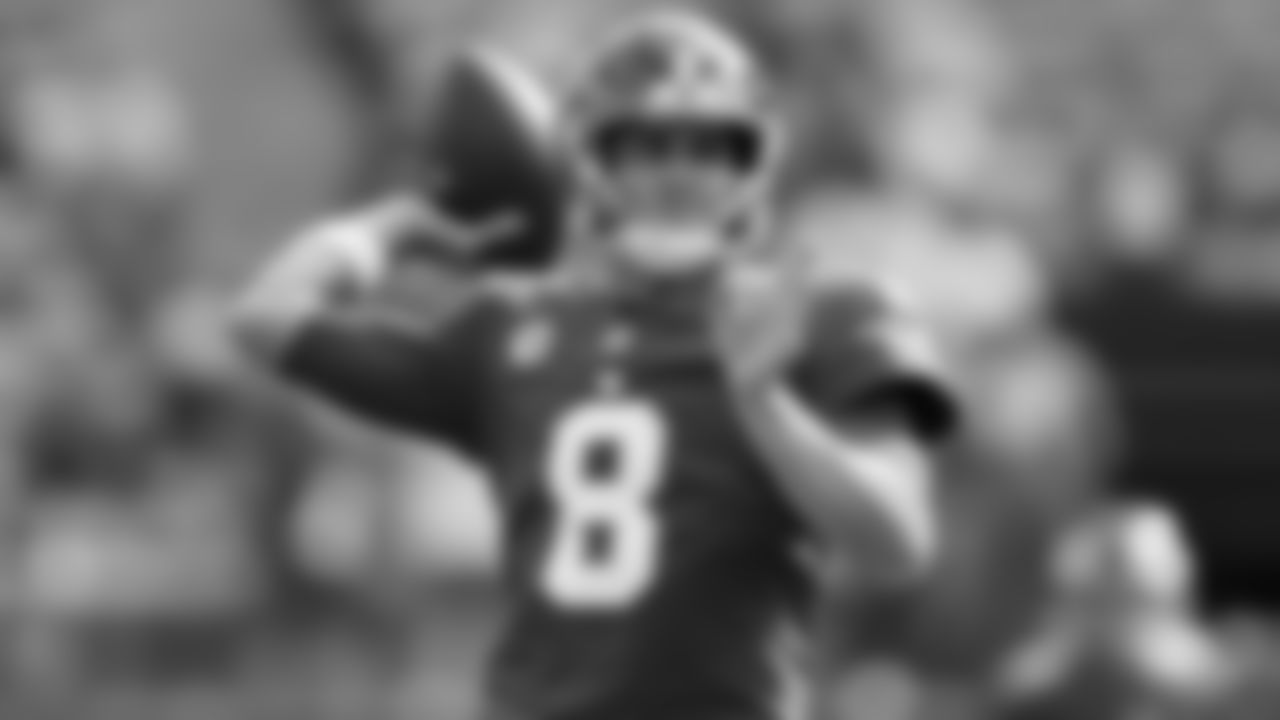

New York Giants wide receiver Darius Slayton (86) is tackled by Denver Broncos cornerback Kyle Fuller (23) during the first half of an NFL football game Sunday, Sept. 12, 2021, in East Rutherford, N.J. (AP Photo/Adam Hunger)

New York Giants wide receiver Darius Slayton (86) makes a catch in front of Denver Broncos cornerback Kyle Fuller (23) during the first half of an NFL football game Sunday, Sept. 12, 2021, in East Rutherford, N.J. (AP Photo/Adam Hunger)




New York Giants wide receiver Darius Slayton (86) is tackled by Denver Broncos cornerback Kyle Fuller (23) during the first half of an NFL football game Sunday, Sept. 12, 2021, in East Rutherford, N.J. (AP Photo/Adam Hunger)



















New York Giants quarterback Daniel Jones (8) throws a pass during the first half of an NFL football game against the Denver Broncos Sunday, Sept. 12, 2021, in East Rutherford, N.J. (AP Photo/Matt Rourke)
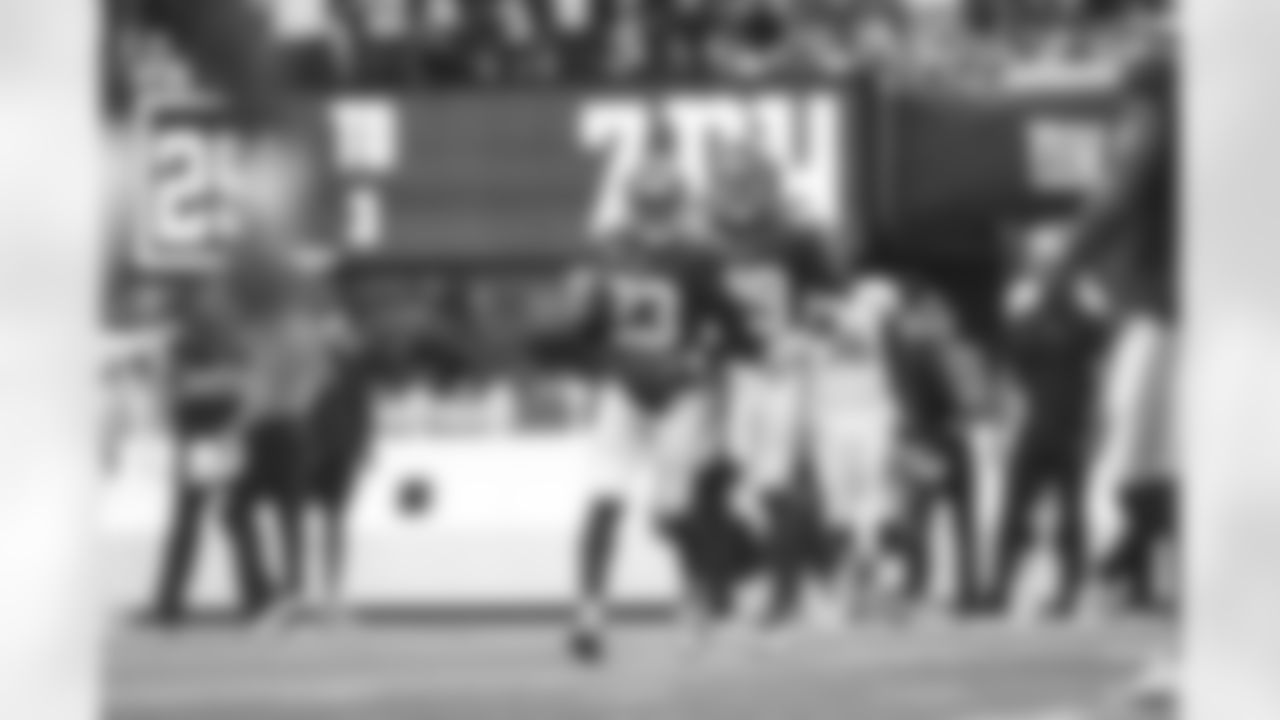

New York Giants quarterback Daniel Jones (8) looks to pass during the first half of an NFL football game against the Denver Broncos Sunday, Sept. 12, 2021, in East Rutherford, N.J. (AP Photo/Matt Rourke)

Denver Broncos cornerback Pat Surtain II (2) attempts to tackle New York Giants wide receiver Sterling Shepard (3) during an NFL football game, Sunday, Sept. 12, 2021, in East Rutherford, N.J. (AP Photo/Steve Luciano)

Denver Broncos linebacker Malik Reed (59) battles against New York Giants offensive tackle Andrew Thomas (78) and New York Giants tight end Kyle Rudolph (80) during an NFL football game, Sunday, Sept. 12, 2021, in East Rutherford, N.J. (AP Photo/Steve Luciano)

New York Giants defensive end Leonard Williams (99) reacts after a play during an NFL football game against the Denver Broncos, Sunday, Sept. 12, 2021, in East Rutherford, N.J. (AP Photo/Steve Luciano)
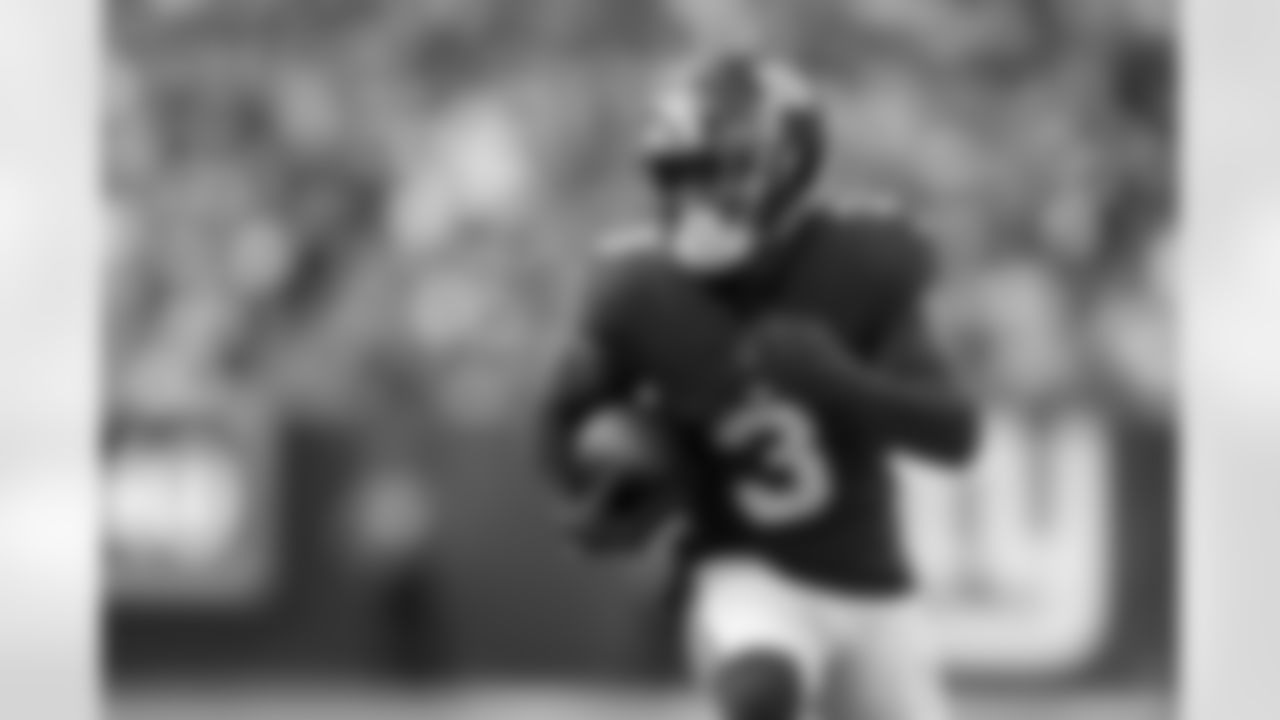
New York Giants wide receiver Sterling Shepard (3) runs the ball in for a touchdown during an NFL football game against the Denver Broncos, Sunday, Sept. 12, 2021, in East Rutherford, N.J. (AP Photo/Steve Luciano)

New York Giants wide receiver Sterling Shepard (3) evades a tackle from Denver Broncos cornerback Pat Surtain II (2) during an NFL football game, Sunday, Sept. 12, 2021, in East Rutherford, N.J. (AP Photo/Steve Luciano)

New York Giants running back Saquon Barkley (26) rushes during the first half of an NFL football game against the Denver Broncos Sunday, Sept. 12, 2021, in East Rutherford, N.J. (AP Photo/Matt Rourke)

New York Giants wide receiver Kenny Golladay (19) in action during an NFL football game against the Denver Broncos, Sunday, Sept. 12, 2021, in East Rutherford, N.J. (AP Photo/Steve Luciano)

New York Giants running back Saquon Barkley (26) is tackled by Denver Broncos' Shelby Harris (96) and Kareem Jackson (22) during the first half of an NFL football game Sunday, Sept. 12, 2021, in East Rutherford, N.J. (AP Photo/Adam Hunger)
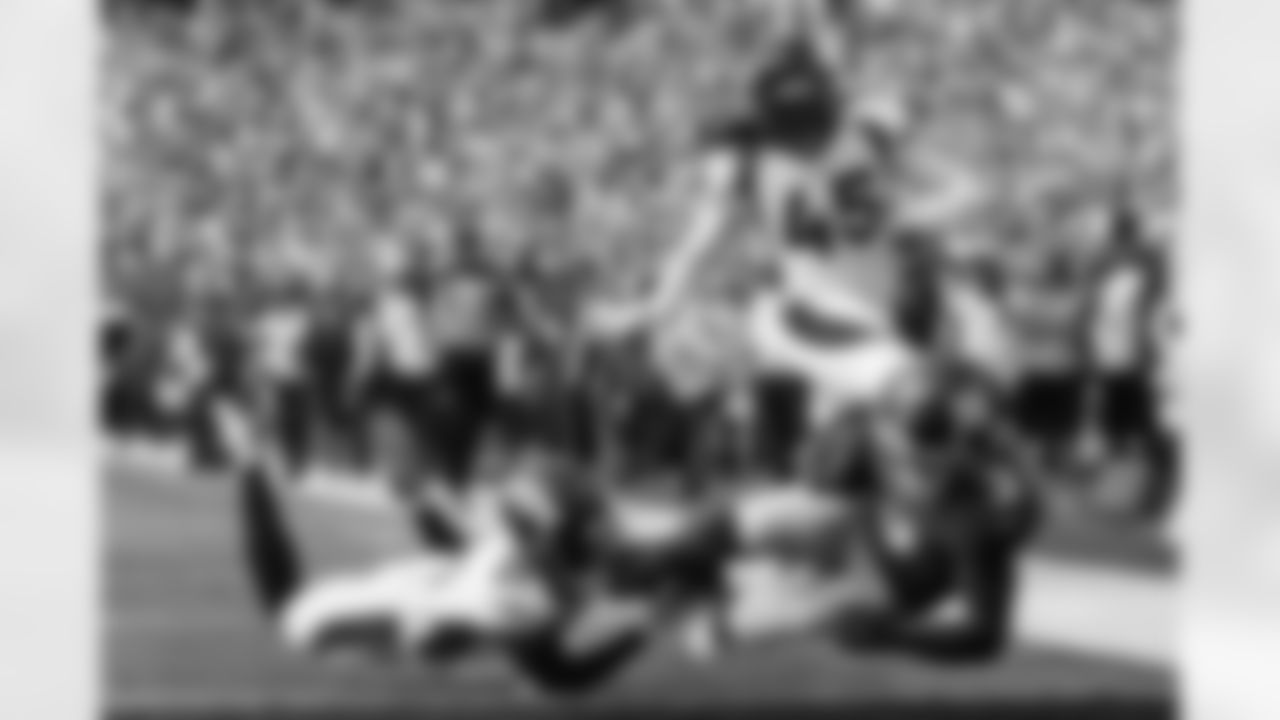
Denver Broncos' Ronald Darby (21) tackles New York Giants' Sterling Shepard (3) as Shepard scores a touchdown during the first half of an NFL football game Sunday, Sept. 12, 2021, in East Rutherford, N.J. (AP Photo/Matt Rourke)

Denver Broncos' Ronald Darby (21) tackles New York Giants' Sterling Shepard (3) as Shepard scores a touchdown during the first half of an NFL football game Sunday, Sept. 12, 2021, in East Rutherford, N.J. (AP Photo/Matt Rourke)

Denver Broncos' Ronald Darby (21) tackles New York Giants' Sterling Shepard (3) as Shepard scores a touchdown during the first half of an NFL football game Sunday, Sept. 12, 2021, in East Rutherford, N.J. (AP Photo/Matt Rourke)

New York Giants cornerback Darnay Holmes (30) and Xavier McKinney (29) break up a pass to Denver Broncos' Caden Sterns (30) during the first half of an NFL football game Sunday, Sept. 12, 2021, in East Rutherford, N.J. (AP Photo/Matt Rourke)






















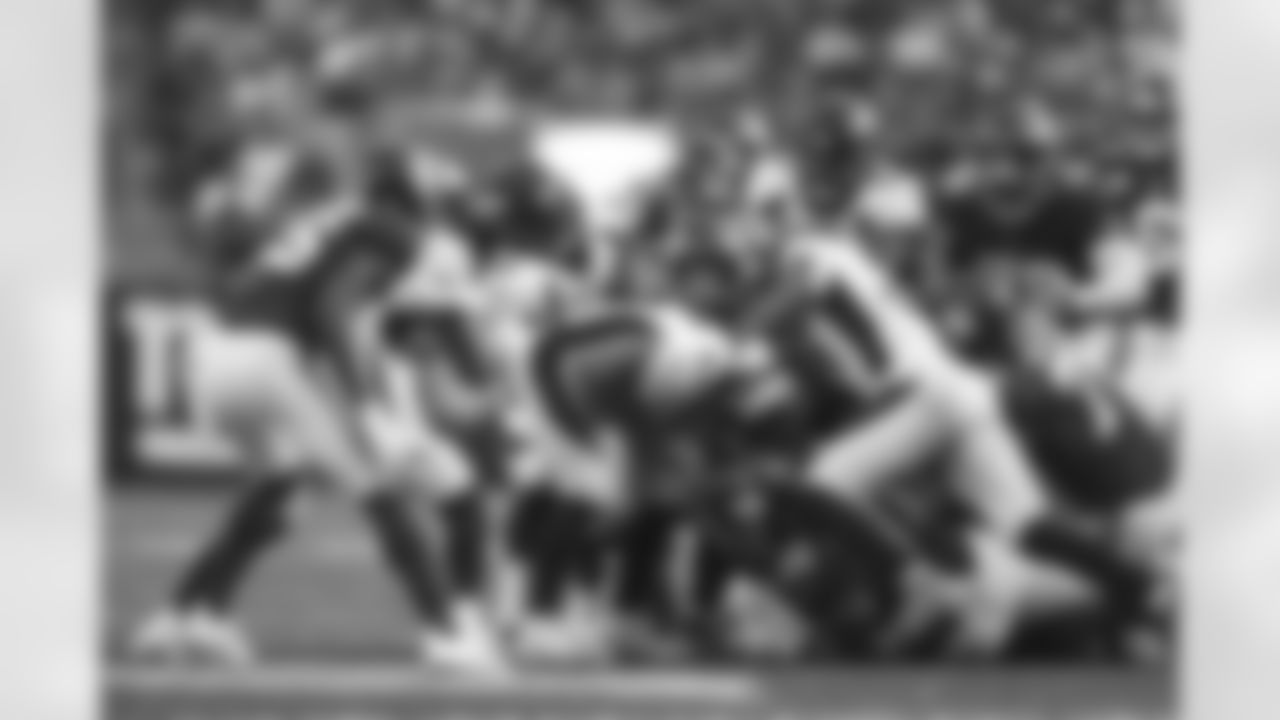



New York Giants' Logan Ryan (23) and Jabrill Peppers (21) tackle Denver Broncos' Noah Fant (87) during the second half of an NFL football game Sunday, Sept. 12, 2021, in East Rutherford, N.J. (AP Photo/Adam Hunger)

New York Giants' C.J. Board (18) during the first half of an NFL football game against the Denver BroncosSunday, Sept. 12, 2021, in East Rutherford, N.J. (AP Photo/Matt Rourke)



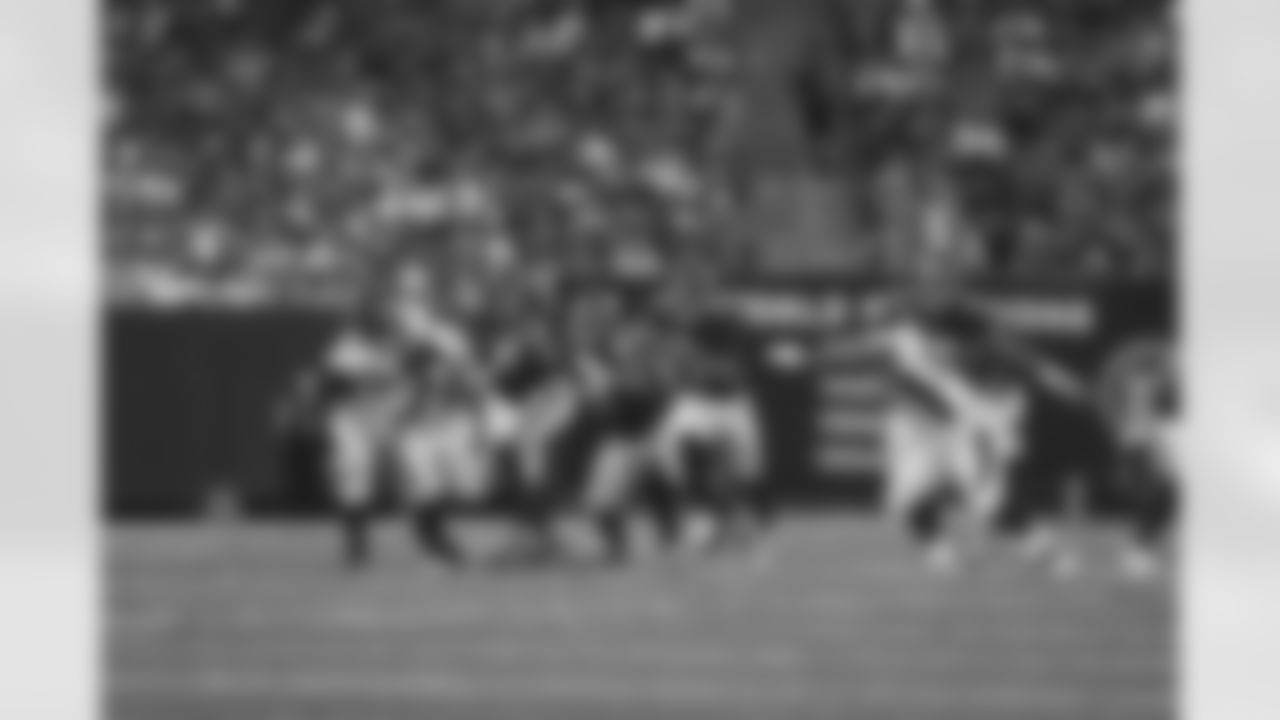

New York Giants' Sterling Shepard (3) breaks away from Denver Broncos' Kyle Fuller (23) during the second half of an NFL football game Sunday, Sept. 12, 2021, in East Rutherford, N.J. (AP Photo/Adam Hunger)

New York Giants' Kenny Golladay (19) during the second half of an NFL football game against the Denver Broncos Sunday, Sept. 12, 2021, in East Rutherford, N.J. (AP Photo/Adam Hunger)




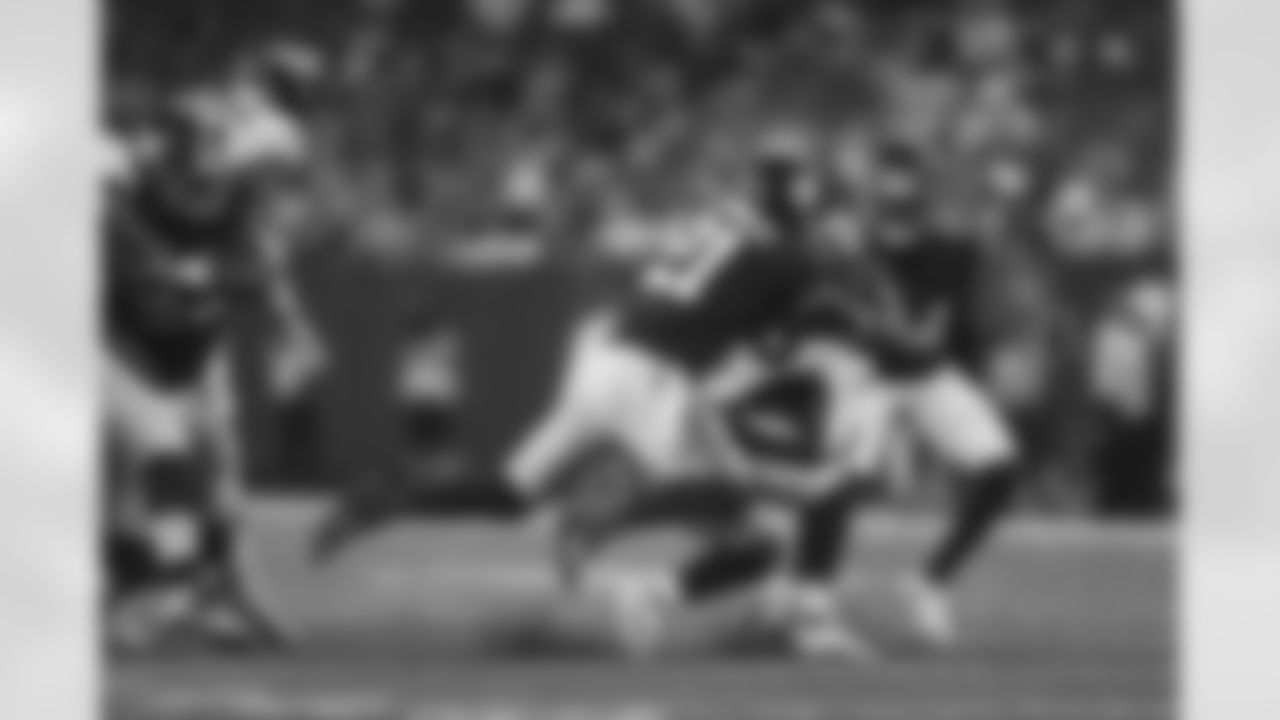

















New York Giants wide receiver Kenny Golladay (19) warms up before an NFL football game against the Denver Broncos Sunday, Sept. 12, 2021, in East Rutherford, N.J. (AP Photo/Matt Rourke)

New York Giants center Nick Gates (65) warms up with teammates before an NFL football game against the Denver Broncos Sunday, Sept. 12, 2021, in East Rutherford, N.J. (AP Photo/Matt Rourke)

New York Giants head coach Joe Judge, left, talks to Nate Solder (76) before an NFL football game against the Denver Broncos Sunday, Sept. 12, 2021, in East Rutherford, N.J. (AP Photo/Matt Rourke)

New York Giants quarterback Daniel Jones (8) warms up before an NFL football game against the Denver Broncos Sunday, Sept. 12, 2021, in East Rutherford, N.J. (AP Photo/Matt Rourke)

New York Giants wide receiver Kenny Golladay (19) warms up before an NFL football game against the Denver Broncos Sunday, Sept. 12, 2021, in East Rutherford, N.J. (AP Photo/Matt Rourke)

New York Giants quarterback Daniel Jones (8) warms up before an NFL football game against the Denver Broncos Sunday, Sept. 12, 2021, in East Rutherford, N.J. (AP Photo/Matt Rourke)

New York Giants wide receiver Kenny Golladay (19) warms up before an NFL football game against the Denver Broncos Sunday, Sept. 12, 2021, in East Rutherford, N.J. (AP Photo/Matt Rourke)

New York Giants quarterback Daniel Jones (8) warms up before an NFL football game against the Denver Broncos Sunday, Sept. 12, 2021, in East Rutherford, N.J. (AP Photo/Matt Rourke)

CB James Bradberry

CB Adoree' Jackson, S Xavier McKinney, DB Logan Ryan






CB Adoree' Jackson

HC Joe Judge

CB Adoree' Jackson

CB Rodarius Williams




LB Blake Martinez

TE Kyle Rudolph, RB Saquon Barkley, RB Elijhaa Penny

WR Sterling Shepard

RB Saquon Barkley, RB Elijaha Penny

LB Oshane Ximines

DB Logan Ryan

K Graham Gano



RB Saquon Barkley

WR Darius Slayton

WR Kadarius Toney

RB Saquon Barkley

New York Giants wide receiver Kenny Golladay (19) warms up before an NFL football game against the Denver Broncos, Sunday, Sept. 12, 2021, in East Rutherford, N.J. (AP Photo/Steve Luciano)

New York Giants running back Saquon Barkley (26) warms up before an NFL football game against the Denver Broncos, Sunday, Sept. 12, 2021, in East Rutherford, N.J. (AP Photo/Steve Luciano)

New York Giants wide receiver Kenny Golladay (19) warms up before an NFL football game against the Denver Broncos, Sunday, Sept. 12, 2021, in East Rutherford, N.J. (AP Photo/Steve Luciano)

New York Giants running back Saquon Barkley (26) warms up before an NFL football game against the Denver Broncos, Sunday, Sept. 12, 2021, in East Rutherford, N.J. (AP Photo/Steve Luciano)

WR Kadarius Toney

WR Kenny Golladay

RB Saquon Barkley

CB James Bradberry

RB Saquon Barkley

QB Daniel Jones

RB Saquon Barkley

RB Saquon Barkley

WR Kenny Golladay

WR Kenny Golladay

TE Kyle Rudolph, RB Saquon Barkley

QB Daniel Jones, RB Saquon Barkley

DB Logan Ryan

WR Sterling Shepard

WR Sterling Shepard

WR Kadarius Toney

TE Kyle Rudolph

RB Saquon Barkley

RB Saquon Barkley

QB Daniel Jones

TE Kyle Rudolph

QB Daniel Jones

RB Saquon Barkley



LB Tae Crowder

FB Cullen Gillaspia

LB Cam Brown

OL Andrew Thomas

LB Cam Brown

CB James Bradberry

LB Carter Coughlin

RB Saquon Barkley

OT Matt Peart

LB Quincy Roche

CB Darnay Holmes

LB Azeez Ojulari

S Jabrill Peppers

S Jabrill Peppers

S Xavier McKinney

S Xavier McKinney

FB Cullen Gillaspia

LB Blake Martinez

TE Kaden Smith, FB Cullen Gillaspia

WR Sterling Shepard

QB Daniel Jones

LS Casey Kreiter

DL Dexter Lawrence

WR Kenny Golladay

C Nick Gates, G Will Hernandez

QB Daniel Jones, WR Kenny Golladay

C Nick Gates, G Will Hernandez

QB Daniel Jones, WR Kenny Golladay

TE Kyle Rudolph

WR Sterling Shepard

HC Joe Judge

RB Saquon Barkley

DB Logan Ryan








3. On the mend: The Giants welcomed back a number of injured players who missed preseason. Kenny Golladay played 85% of the offensive plays. Golladay made two catches in the fourth quarter that illustrated why the Giants signed him. On one dig route, he fought back in front of Ronald Darby to make a contested catch and on another he went airborne and fully extended to pull in a pass over the middle away from his body.
Saquon Barkley was on the field for 48% of the snaps. The number could have been higher but he was removed from the game for the Giants' final two offensive possessions after the game was already decided. Barkley had ten carries and three targets (with one catch) in the passing game.
Kyle Rudolph played 77% of the snaps as the team's primary tight end but finished with only two catches. Kadariius Toney had two touches and played on five snaps, all of which came on offense. Shane Lemieux played 17 snaps at left guard, while Ben Bredeson played 44. Nate Solder played 43 snaps at right tackle, with Matt Peart logging 19.
On defense, Xavier McKinney barely left the field, playing 95% of the defensive snaps. Jabrill Peppers played only 45% of the snaps and Darnay Holmes played just 42%. Reggie Ragland and Tae Crowder split the inside linebacker reps at 25 apiece next Blake Martinez. Austin Johnson played 33 snaps at nose tackle, while Danny Shelton had 23. Azeez Ojulari and Oshane Ximines split the snaps at edge across from Lorenzo Carter, with 34 and 29, respectively.
4. Staying power: The Broncos third-down numbers ( 7-15, 46.7%) were enhanced with conversions on all three fourth-down tries.
After punting on their opening drive, the Broncos had six straight drives of at least 50 yards without a punt. They scored on every one of those drives except for one, which ended with a fumble at the Giants 5. They ran at least seven plays on all those drives but one, and held the ball for at least 4:51 seconds on four of them. Two drives lasted more than eight minutes apiece. Denver won the time of possession battle by more than 10 minutes.
Denver only ran seven more offensive plays than the Giants, but that was skewed by the Giants; final two possessions after Denver already led, 27-7. If you remove those two possessions, the Giants only ran 44 offensive plays to 63 for Denver. The Broncos beat man and zone coverages, targeted different players on different plays and converted on plays when they were pressured.
5. Pass rush: The Giants' pass rush flashed potential throughout the game, but they weren't able to get home enough to make a difference. PFF tracked the Giants defense for getting pressure on the opposing quarterback in under 2.5 seconds on 35.9% of snaps, which was the sixth-highest rate of the week. The Giants had six quarterback hits but were not able to drop Teddy Bridgewater often enough. On 17 pressured passes, he threw 12 completions for 101 yards and a touchdown.
The Giants had two sacks - one by Austin Johnson (Leonard Williams may wind up with credit) and a "coverage" sack by Azeez Ojulari. The Giants blitzed on 41.5 of snaps, which was the fourth-highest rate in Week 1.







